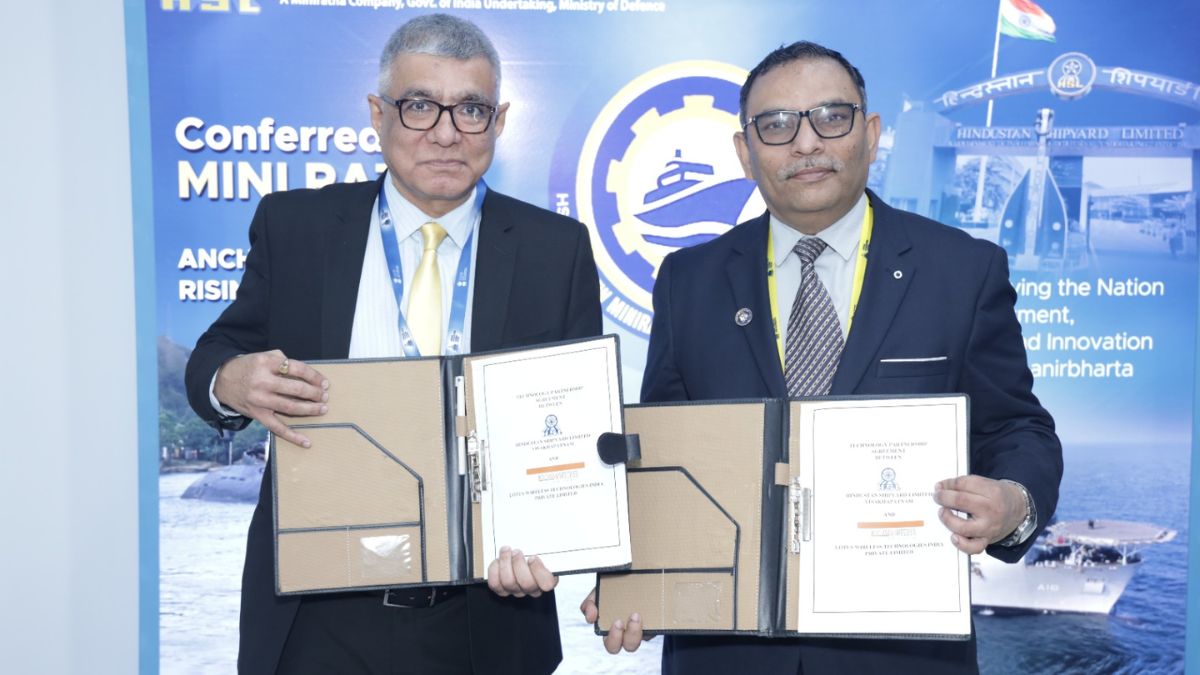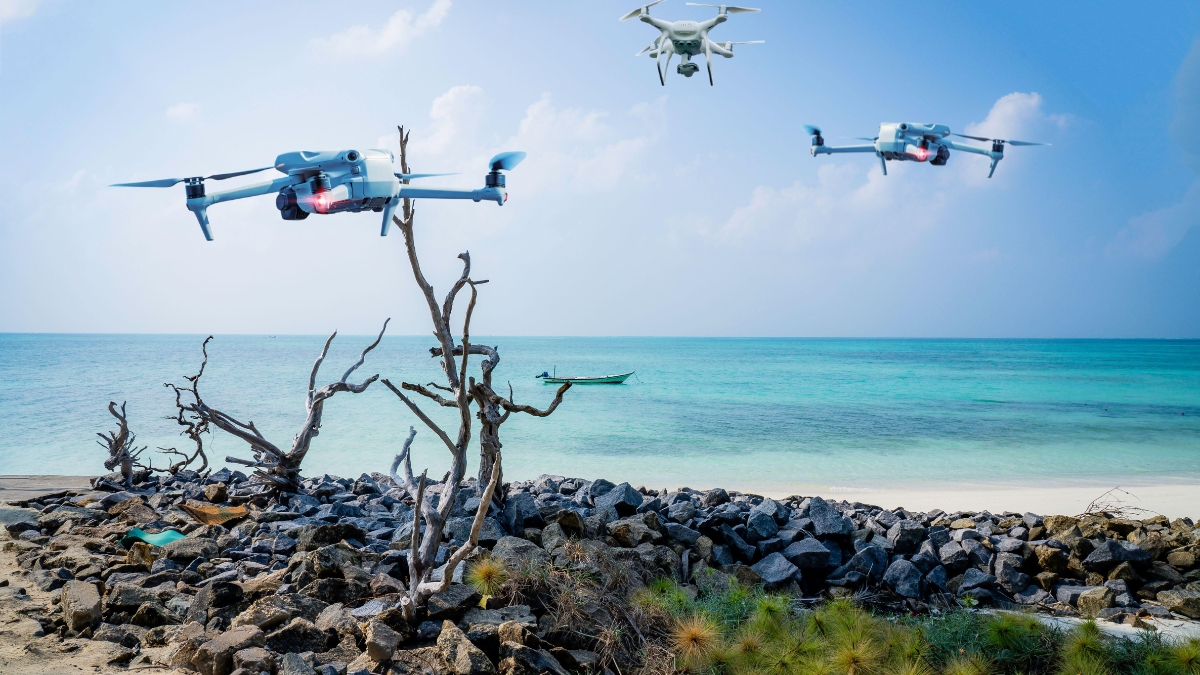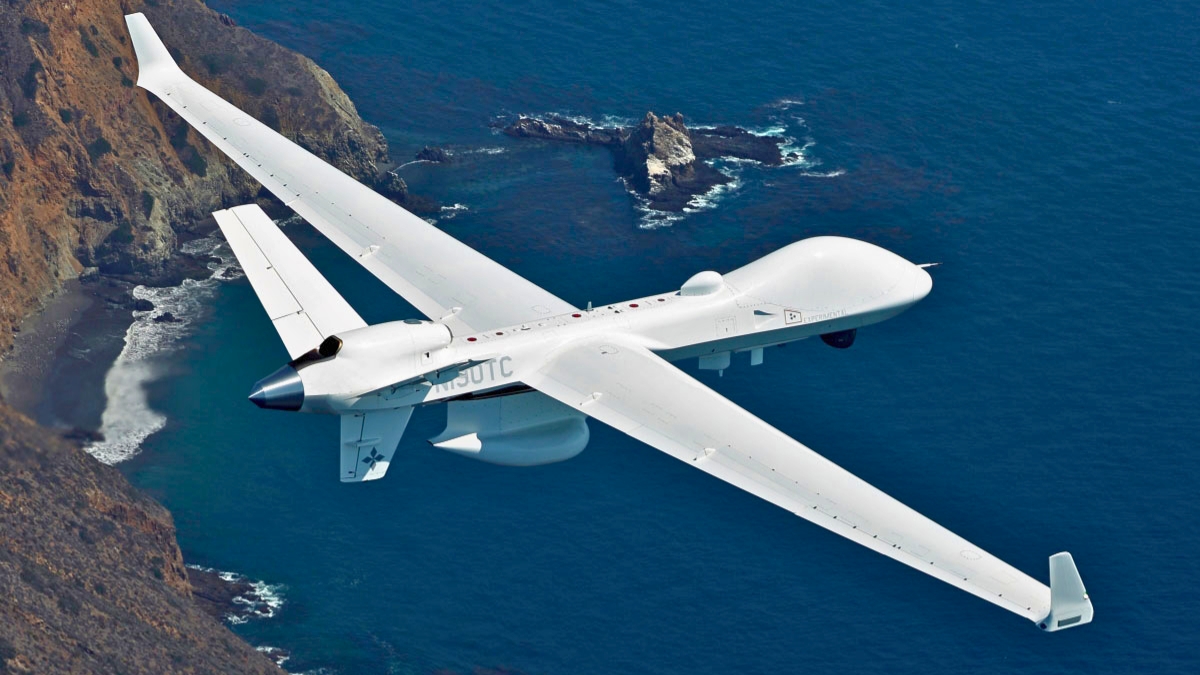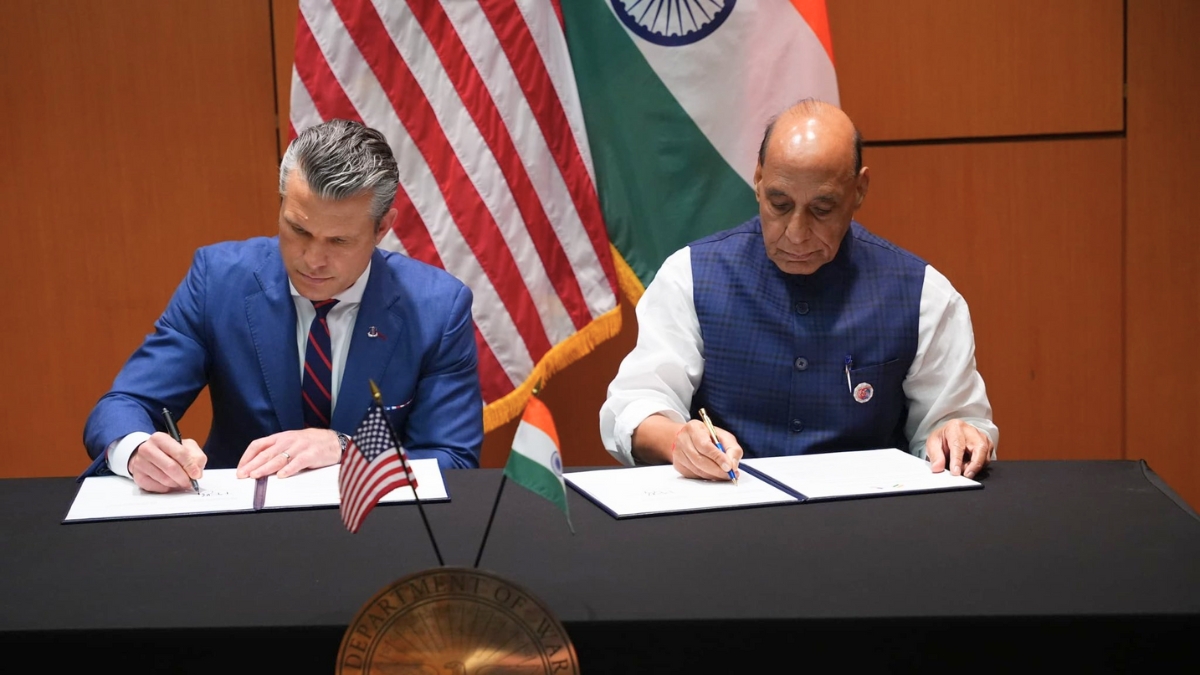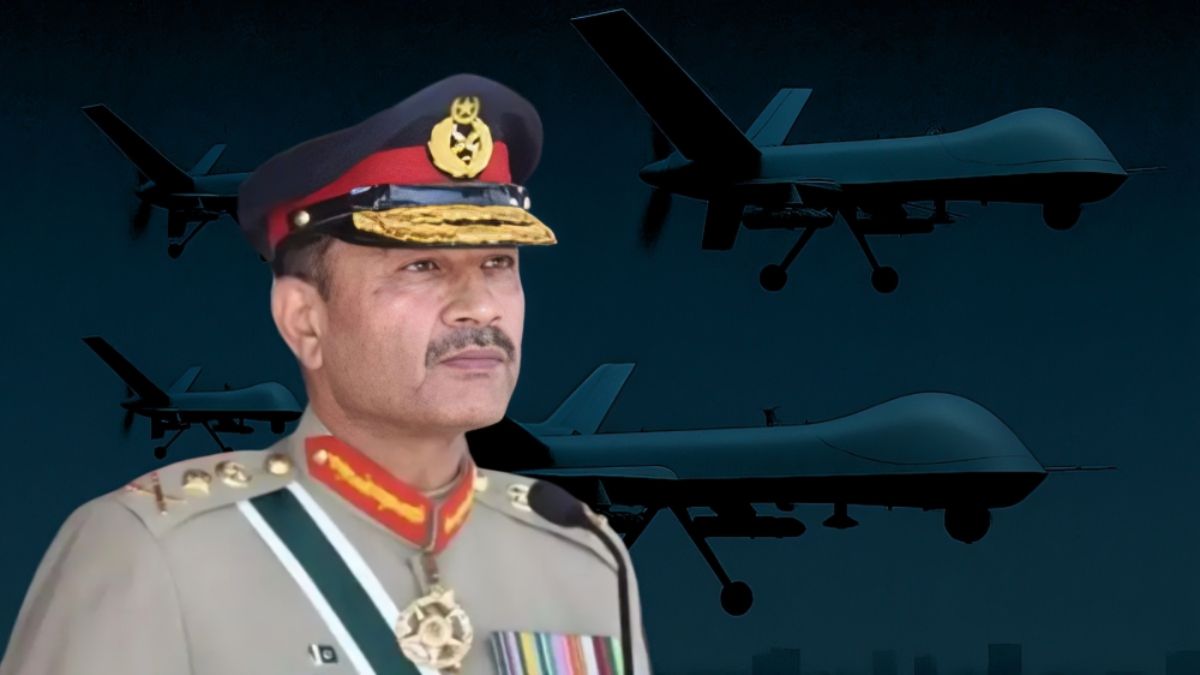Pakistan–Afghanistan Relations Go From Dependence to Defiance: Implications For South Asia
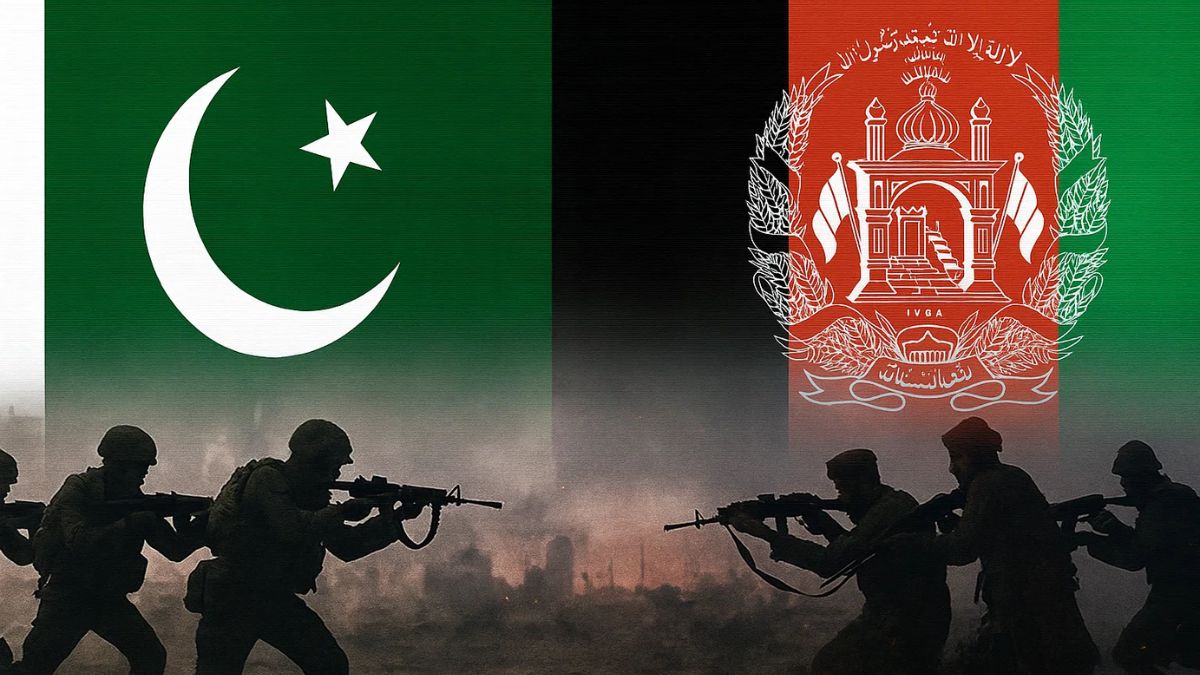
Pakistan and Afghanistan's relationship has undergone a massive change. This has serious implications for India and South Asia. Image courtesy: AI-generated picture via Sora
The Pakistan–Afghanistan relationship has long been a complex tapestry of ethnic, political, and strategic contradictions. Rooted in an artificial colonial border and deepened by decades of mistrust, both nations have oscillated between cooperation and confrontation. While geography binds them, history divides them. The relationship, once revolving around mutual dependence—Islamabad’s influence over Afghan Taliban factions and Kabul’s reliance on cross-border trade—has rapidly deteriorated since the Taliban’s return to power in August 2021. This has certainly been a Black Swan event for Pakistan.
Growing hostility, marked by border clashes, refugee expulsions, and mutual accusations of harbouring militants, signals a breakdown in ties that extends beyond bilateral irritants. The deterioration impacts South Asia’s overall stability, shaping India’s strategic calculus and the region’s evolving power balance.
Historical Background: An Uneasy Brotherhood
Since 1947, Pakistan and Afghanistan have shared uneasy relations. Kabul was the only capital to oppose Pakistan’s UN admission, citing the controversial Durand Line dividing ethnic Pashtuns. The “Pashtunistan issue” shaped Afghan nationalism and Pakistan’s insecurity for decades.
During the Soviet invasion (1979–89), Pakistan, backed by the US and Saudi Arabia, channelled support to the Mujahideen through the Inter-Services Intelligence (ISI). The Taliban’s later rise in the 1990s initially gave Pakistan “strategic depth,” but after 2001, relations soured as both sides traded accusations of terrorism and interference. The Taliban’s 2021 victory rekindled Pakistan’s hopes—only to end in disillusionment.
The Current Deterioration: From Strategic Allies to Hostile Neighbours
The TTP Factor: The Tehrik-e-Taliban Pakistan (TTP), operating from eastern Afghanistan, remains the biggest flashpoint. The Taliban refuses to act decisively against the group, citing it as an “intra-Pakistani issue.” Airstrikes by Pakistan in Khost and Kunar have worsened tensions.
The Refugee Expulsion Crisis: In October 2023, Pakistan announced the expulsion of 1.7 million “illegal” Afghan refugees, alleging links to smuggling and militancy. Kabul called the move “inhumane,” and border crossings at Chaman and Torkham have since faced repeated closures.
The Durand Line Dispute: Afghanistan refuses to recognise the Durand Line, viewing it as an artificial division of Pashtun and Baloch tribes. Frequent skirmishes and resistance to Pakistan’s border fencing projects have heightened tensions.
Shifting Regional Alignments: The Taliban’s growing ties with China, Iran, and Russia—alongside Kabul’s participation in Beijing’s Belt and Road forums—have sidelined Pakistan, undermining its earlier influence.
Underlying Causes of the Breakdown
Strategic Miscalculations: Pakistan overestimated its leverage over the Taliban.
Ideological Contradictions: Pakistan’s state-centric outlook clashes with the Taliban’s theocratic nationalism.
Internal Instability: Political and economic crises weaken Islamabad’s diplomatic posture.
Regional Power Vacuum: The US withdrawal left Afghanistan seeking legitimacy from China, Russia, and Iran, reducing Pakistan’s relevance.
Implications for South Asia
Rising Regional Instability: A resurgent TTP, coupled with Islamic State–Khorasan Province (IS-KP), risks transforming the borderlands into a new jihadist hub.
Economic Fallout: Bilateral trade—once over $2 billion—has collapsed, replaced by smuggling and narcotics flows.
Strategic Reorientation: Afghanistan’s pivot to China and Russia alters South Asia’s balance, potentially sidelining Pakistan.
Implications for India
Diplomatic Openings: India can leverage Kabul’s frustration with Pakistan by expanding humanitarian aid and soft-power outreach.
Security Risks: The fragmentation of counterterror coordination increases threats from TTP, AQIS, and IS-KP.
Connectivity Challenges: Instability endangers India’s trade routes via Chabahar and the International North-South Transport Corridor.
Strategic Advantage: Pakistan’s loss of “strategic depth” weakens its capacity for adventurism along India’s borders.
Broader Regional Implications
Shifting Power Balance: New alignments—China–Afghanistan–Iran versus India–Iran–Central Asia—are redefining South Asian geopolitics.
Connectivity in Jeopardy: Projects like CASA-1000 and TAPI face renewed uncertainty.
China’s Expanding Role: Beijing’s economic diplomacy in Afghanistan boosts its regional footprint but carries security risks from local militancy.
Humanitarian and Ideological Dimensions: Refugee suffering, divided Pashtun families, and fading Islamist unity illustrate how nationalism now supersedes religion in Afghan politics.
Pakistan’s own exported radicalism has begun to rebound domestically, as the TTP’s escalating attacks show.
Conclusion
The Pakistan–Afghanistan rupture marks a decisive shift from dependence to defiance. The Taliban’s assertion of sovereignty and Pakistan’s rigid response have pushed both toward confrontation. For South Asia, this means instability—but also an opportunity for India to project stability and leadership. The region stands at a crossroads: integration or implosion, cooperation or chaos. How its leaders respond will define South Asia’s future.

